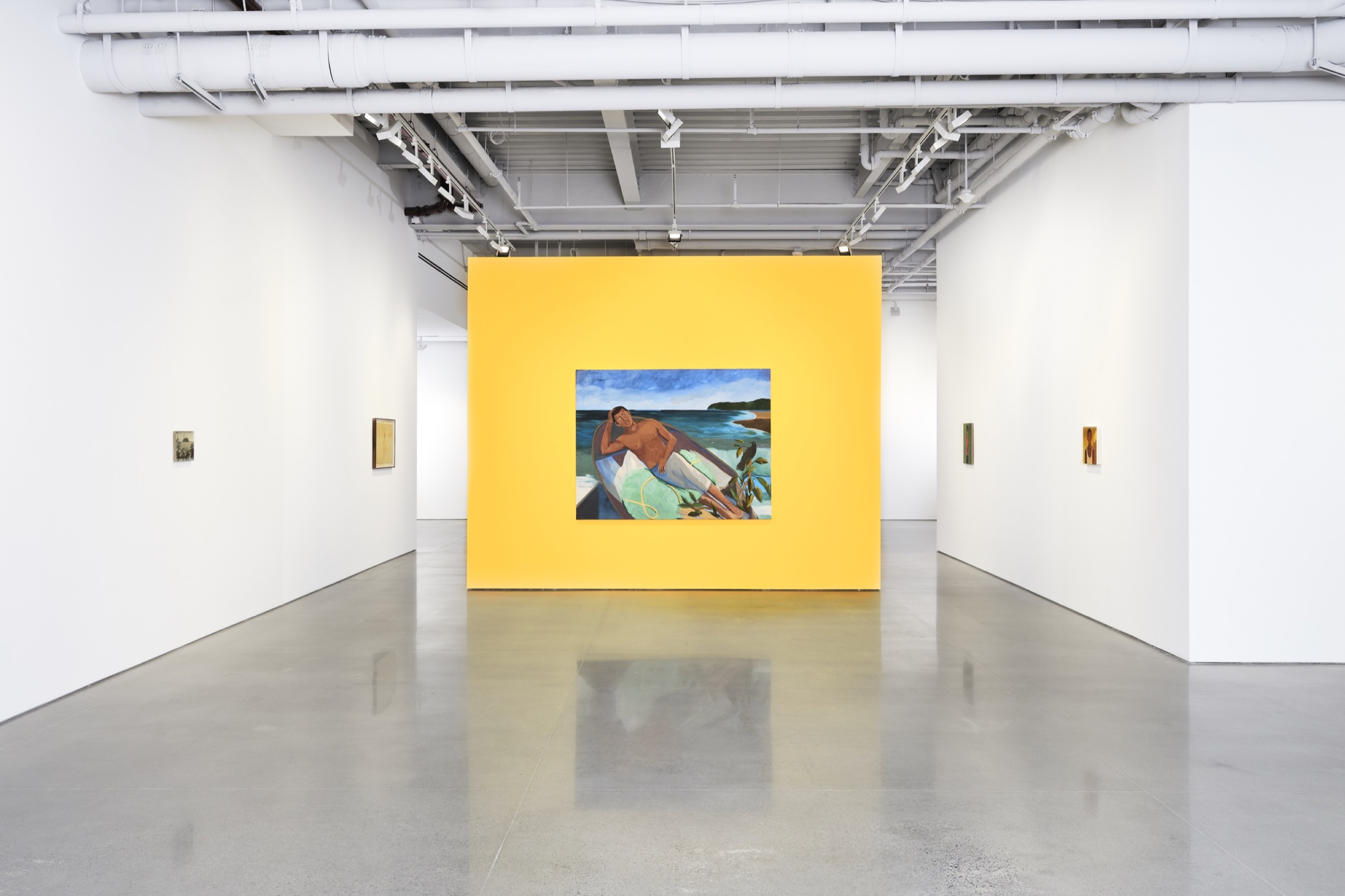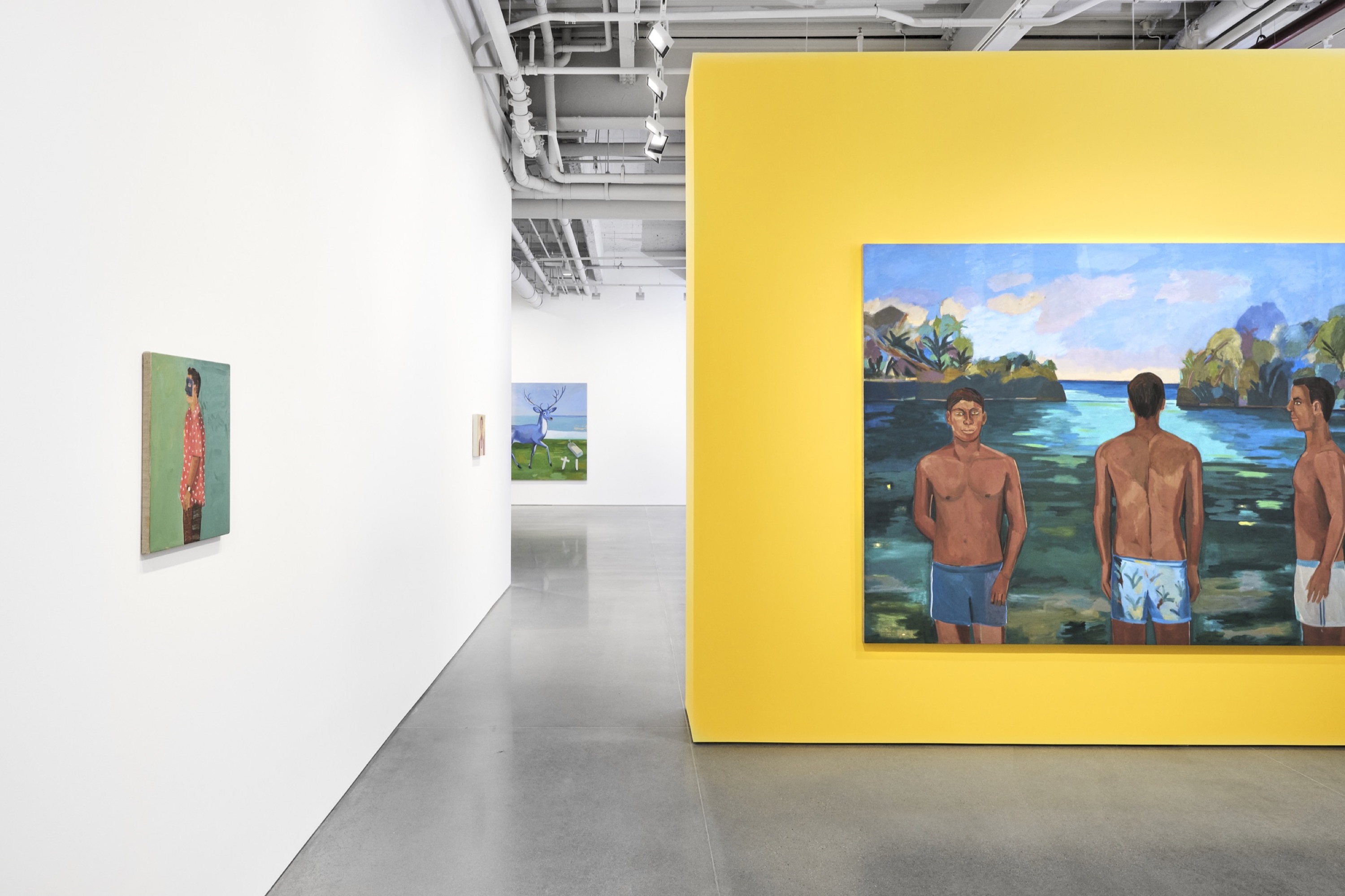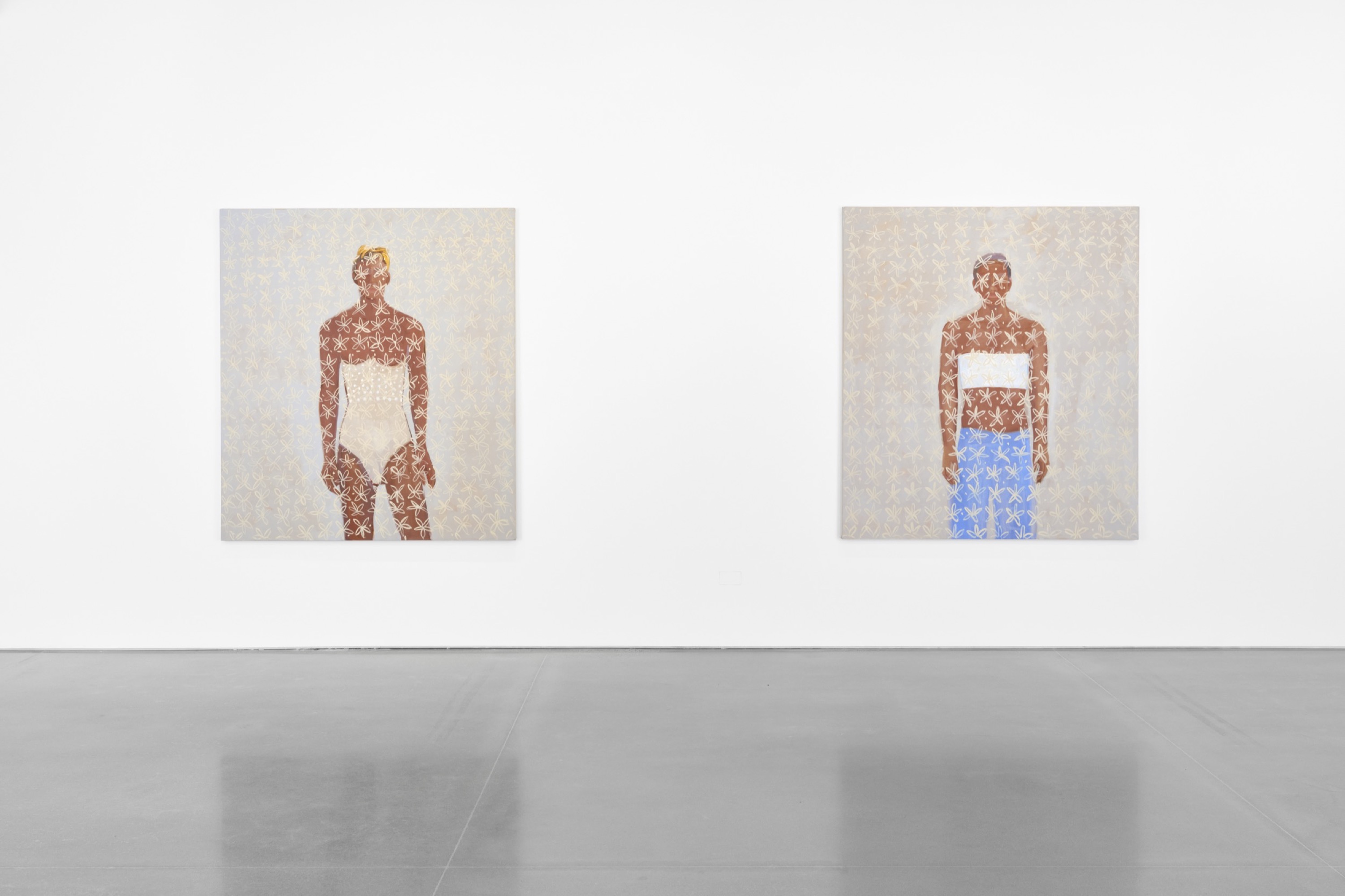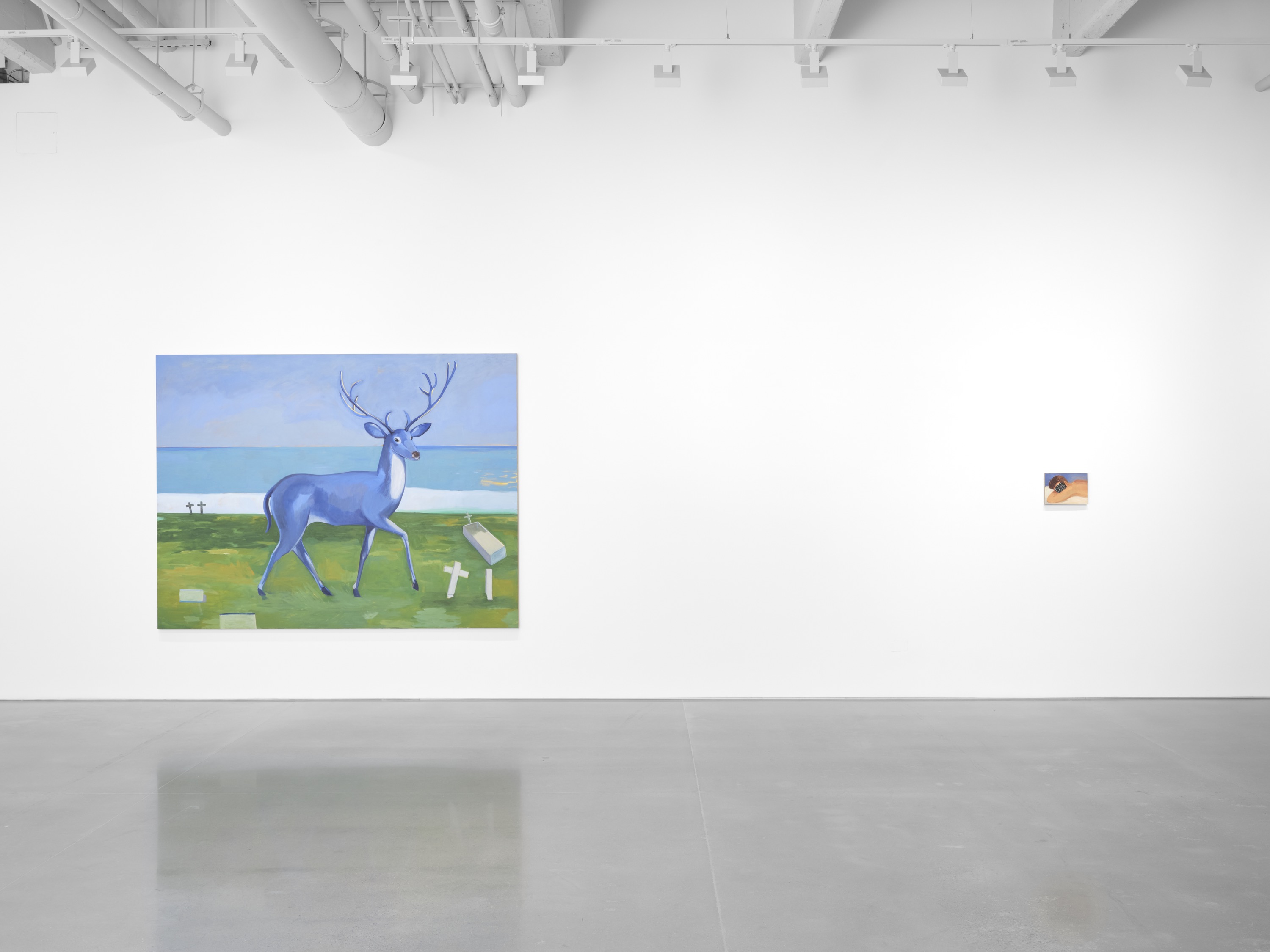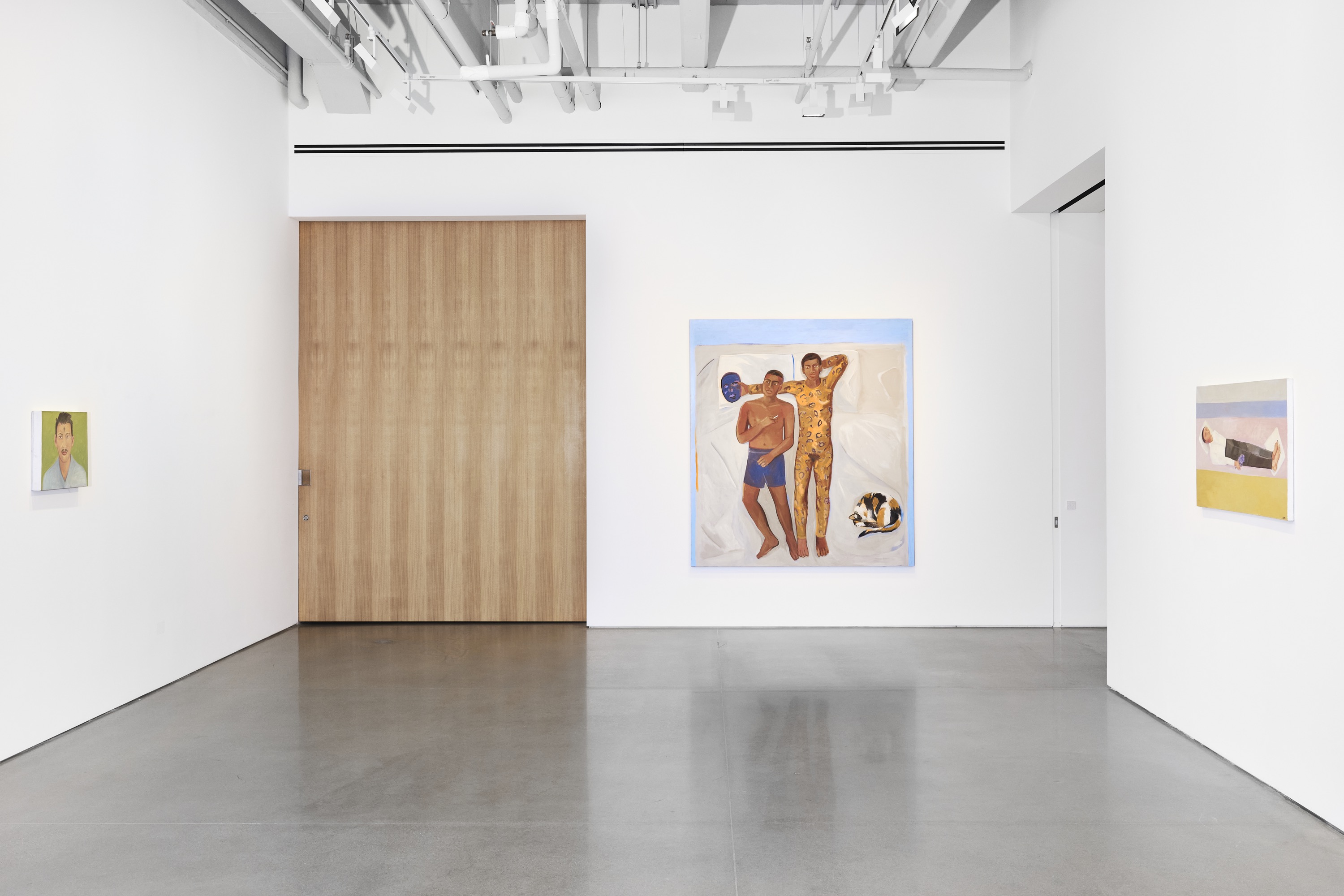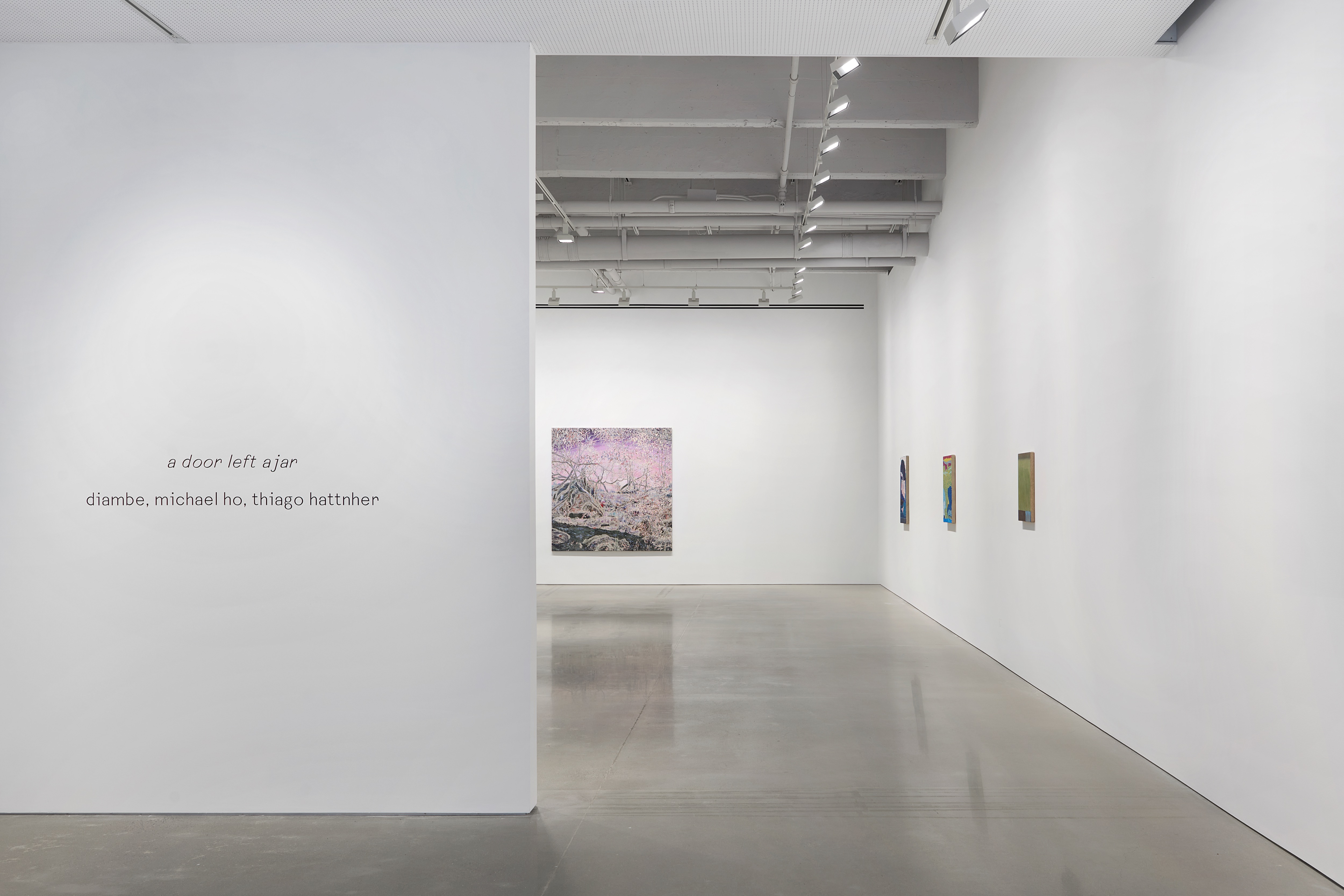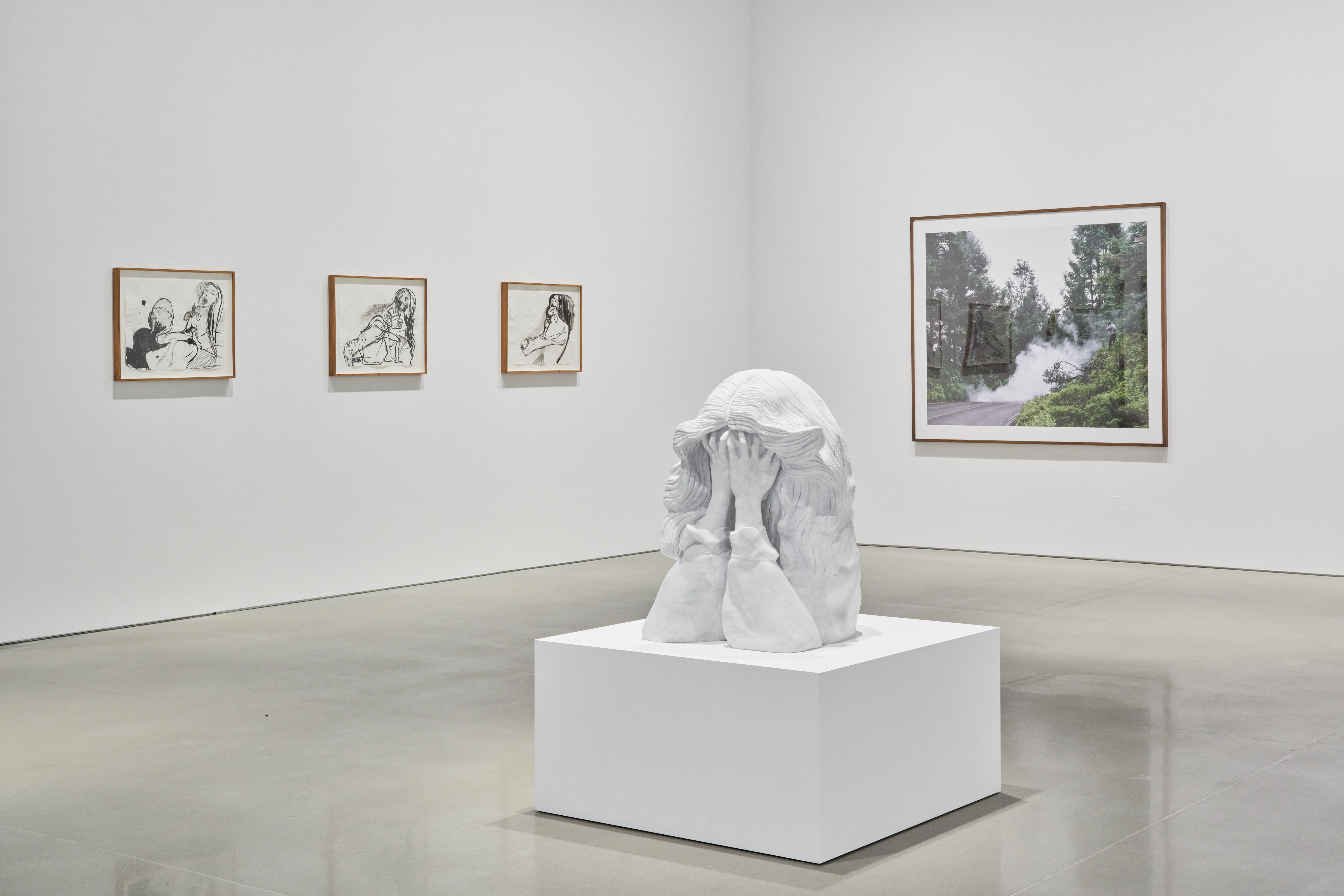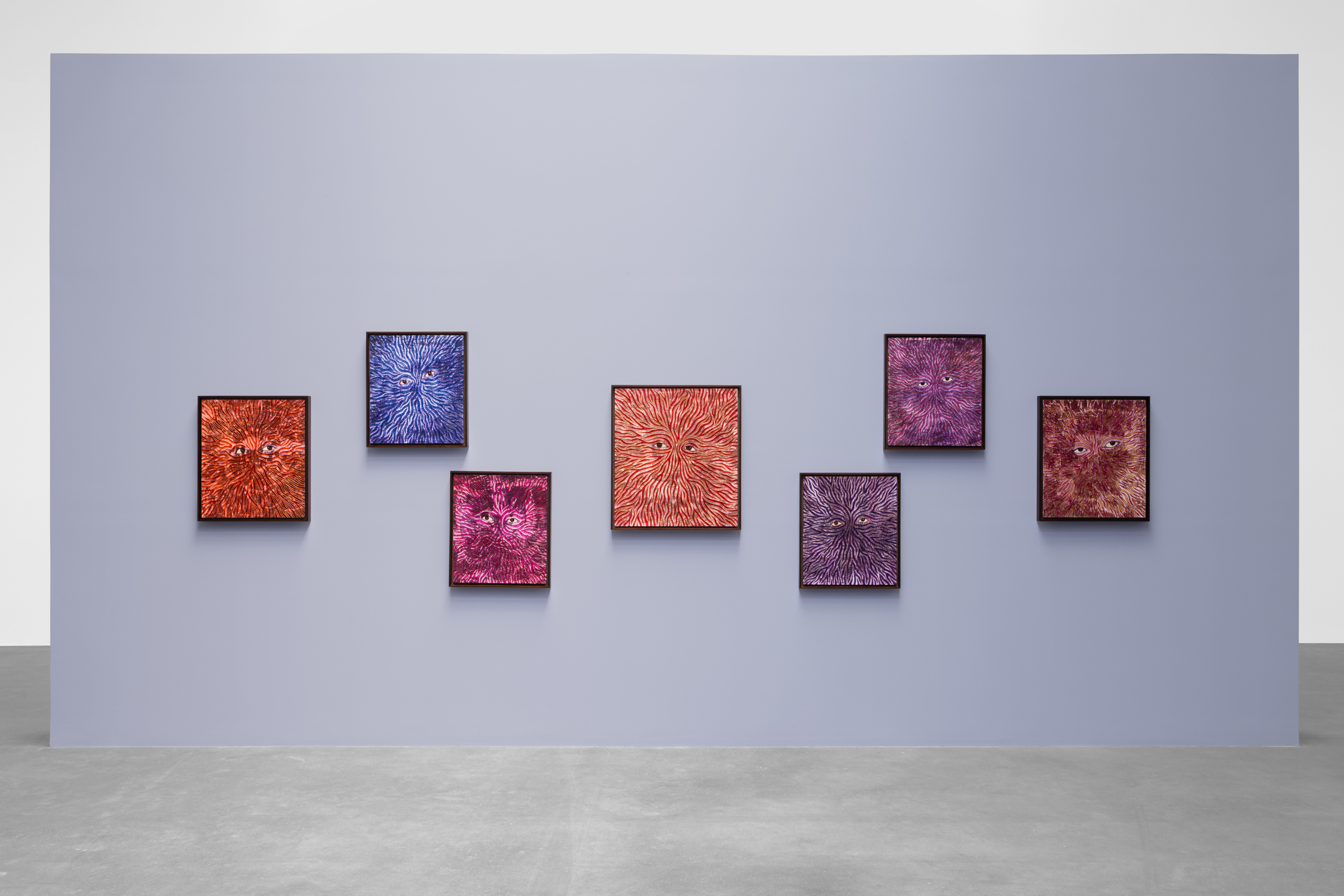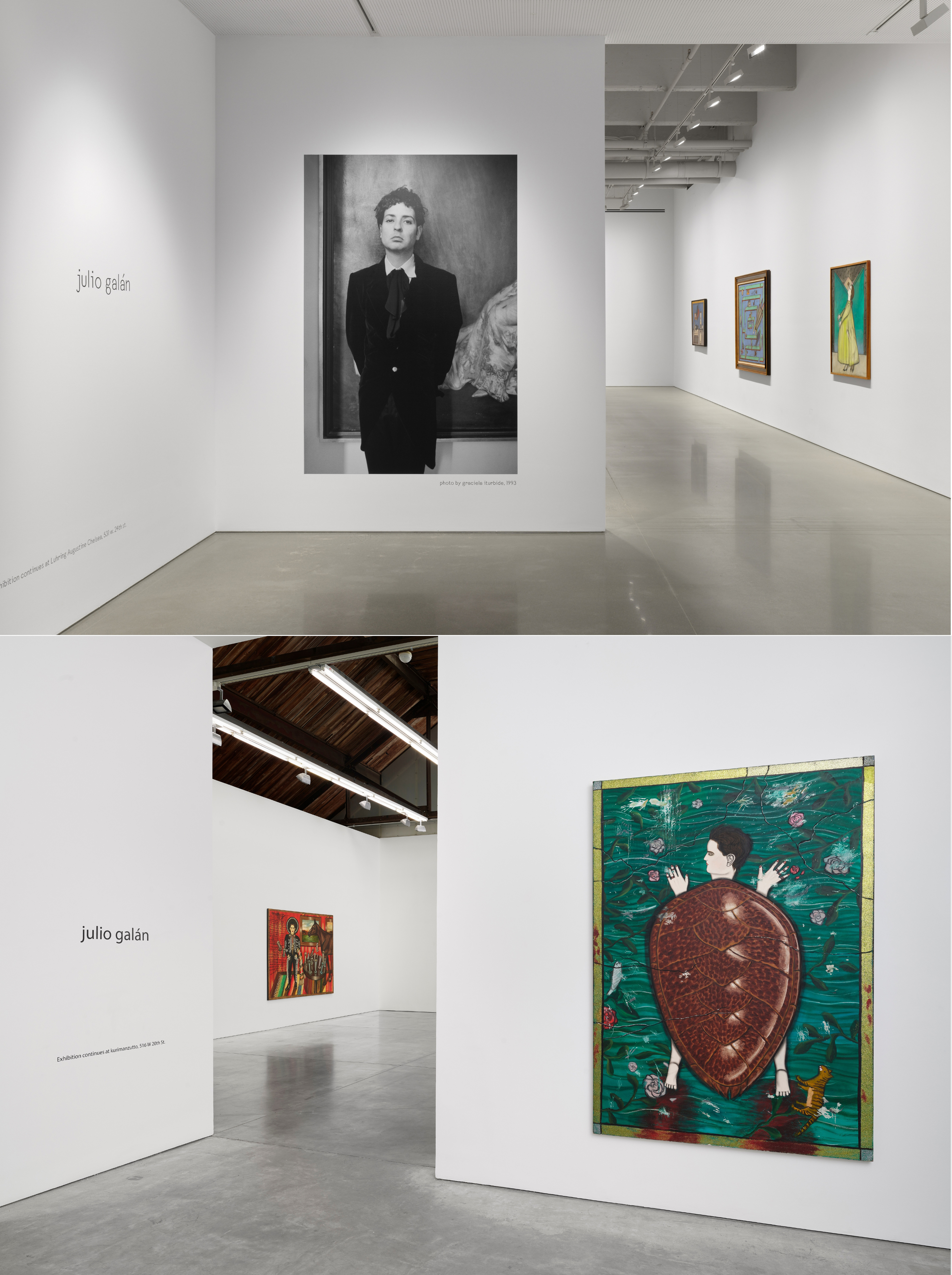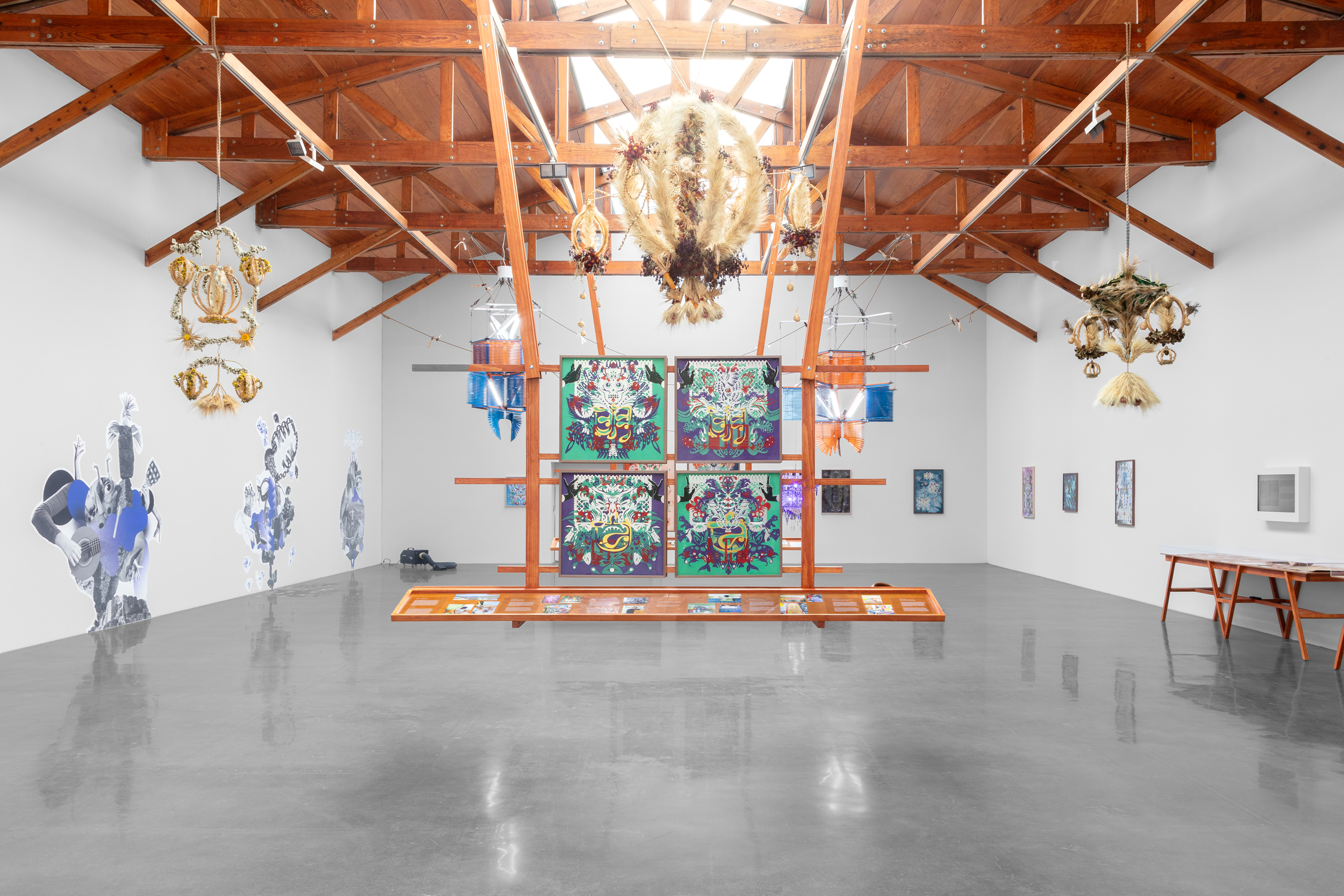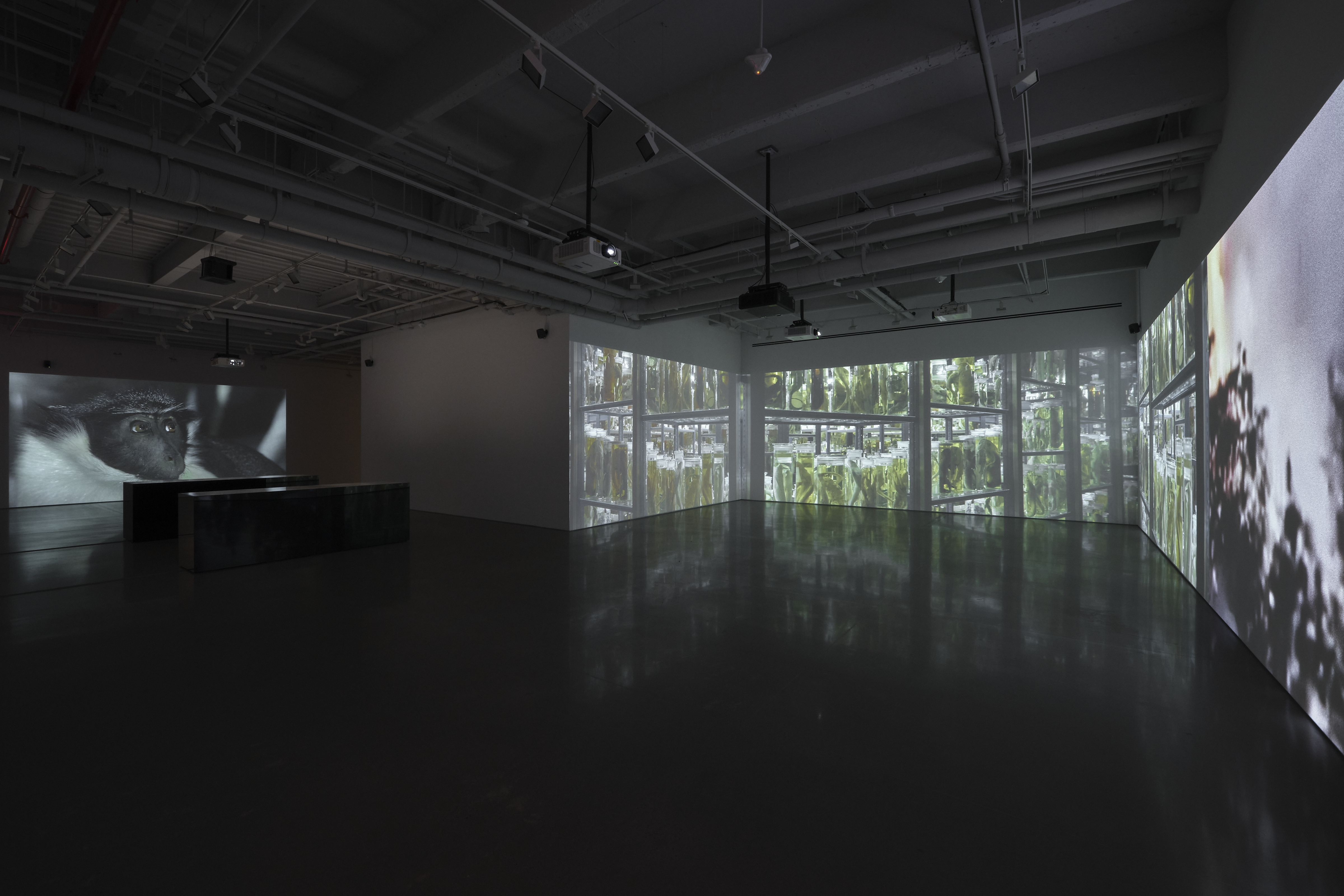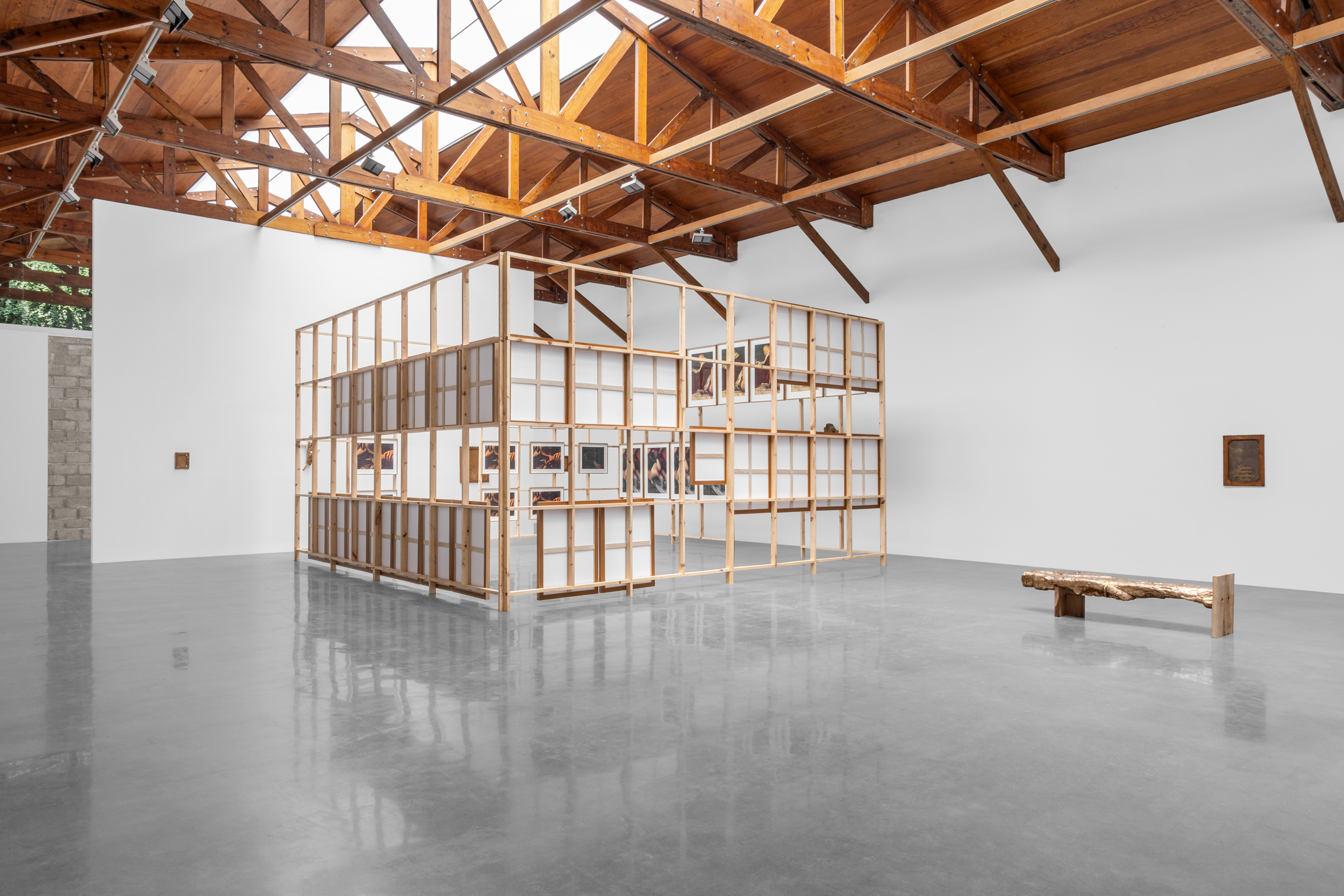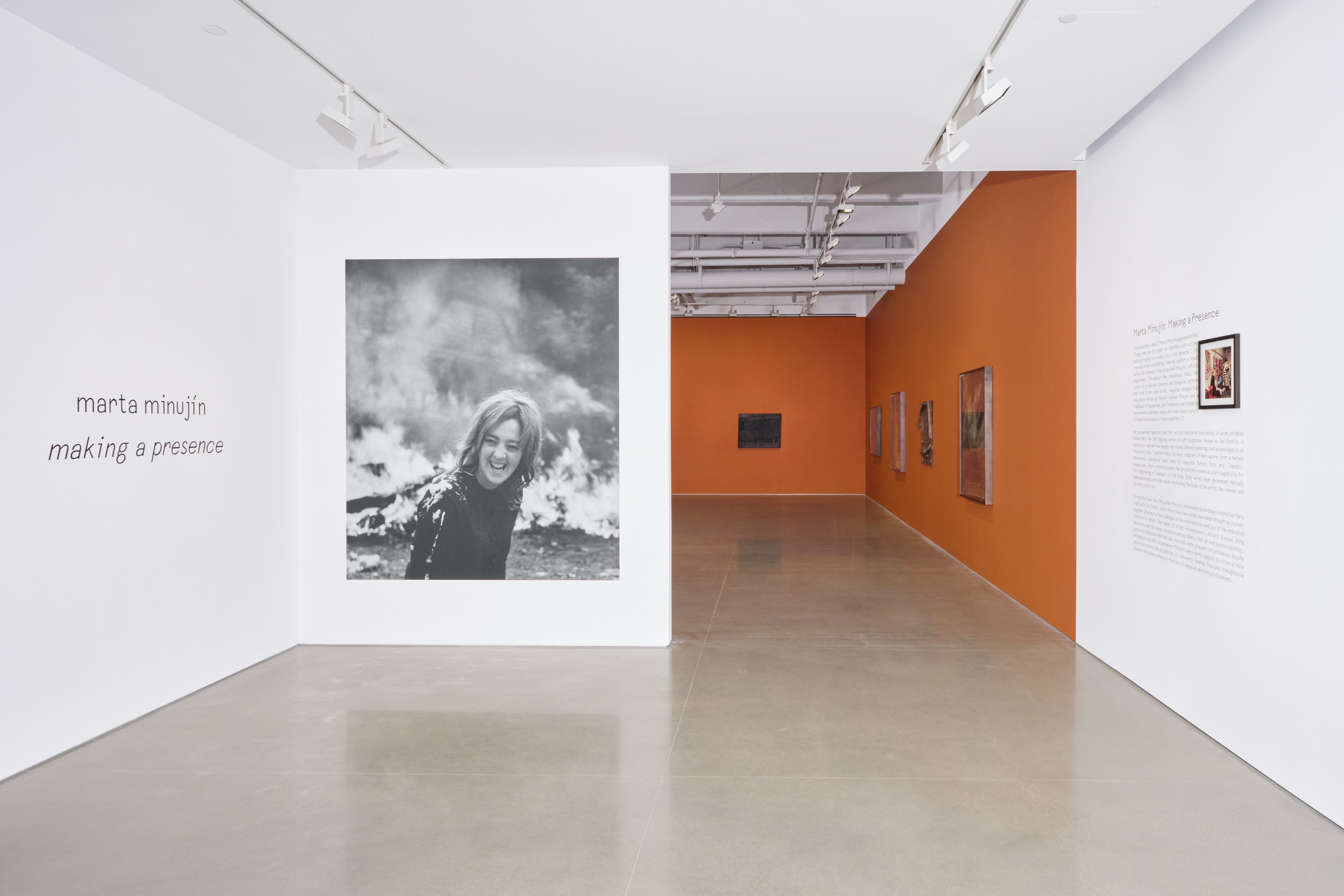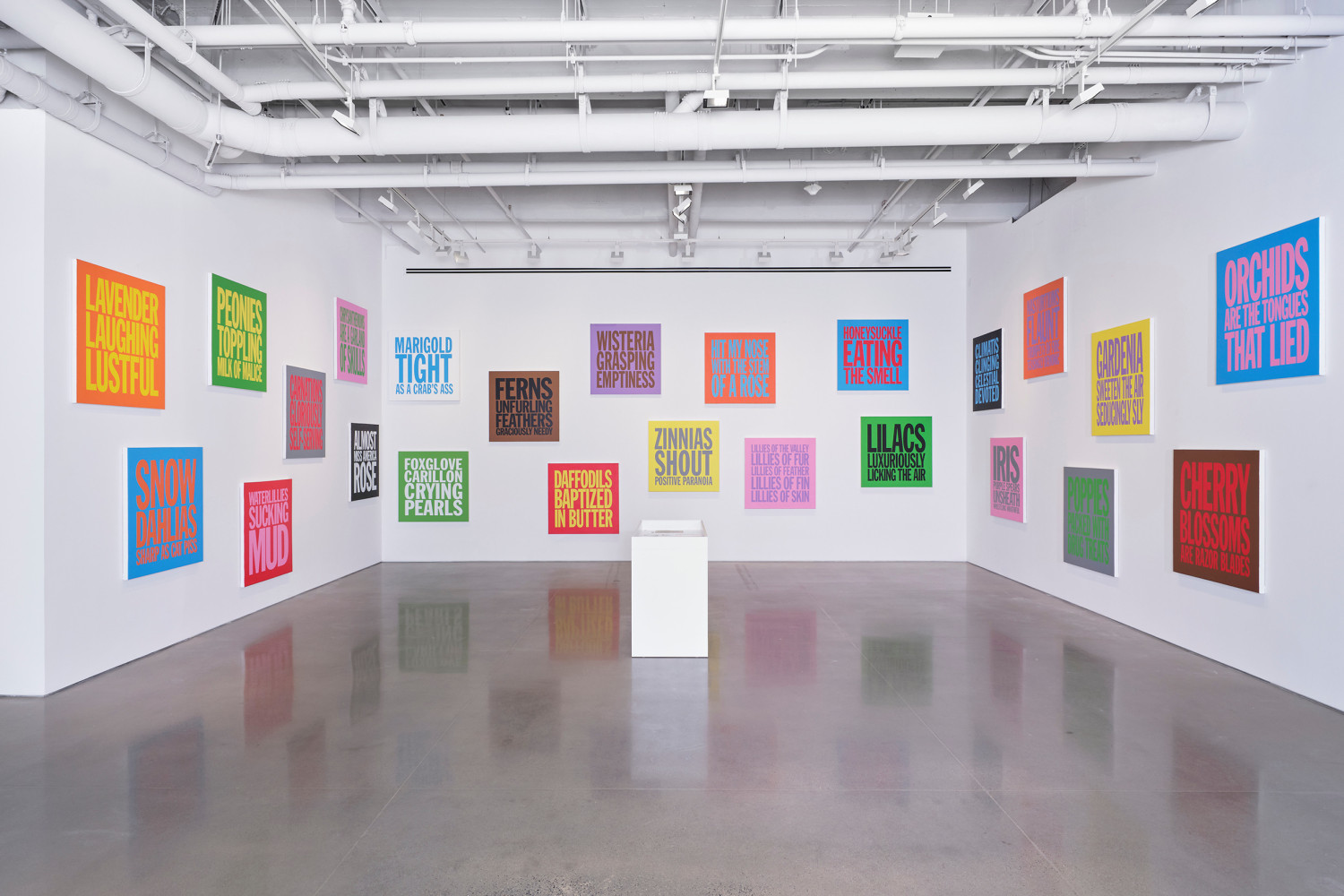Reverence in Blue
November 9–December 22, 2023
New York 10011
USA
In 1981, esteemed curator and writer Carla Stellweg invited then-Los Angeles-based artist Roberto Gil de Montes to work with her in Mexico City as a guest editor for a special issue of Artes Visuales on Chicana/o art. Born in Guadalajara, Gil de Montes immigrated to the US with his family when he was fifteen, arriving in East Los Angeles just before the 1968 Chicano blowouts erupted in protest of inequality in schools. Trained at Otis Art Institute, Gil de Montes came to identify with the Chicano movement and its artistic vanguard. He was part of a generation of Chicanx and queer artists that emerged in the 1970s, who experimented voraciously with artistic genres and forms, examined the intersections of identity and cultural histories through their practice, and conceived novel modes for presenting and distributing their work. Gil de Montes profiled many of his peers and friends in the resulting magazine, including Carlos Almaraz, Elsa Flores, John Valadez, Richard Valverde, and Jack Vargas, among others.
Gil de Montes underscores both fluidity between and commonality among various perspectives and positionalities in conceiving the issue, an ethos of moving between categories—identity and artistic practice, to name only two—that would continue to inform his life and work.
In November of 1981, the artist returned to Southern California to refocus on painting. As his practice developed, Gil de Montes produced psychologically layered works that seethe with a mix of “danger, sensuality, death, and transformation,” as critic Diane Mark-Walker astutely observed in 1991. Since moving permanently in 2006 to the coastal town of La Peñita de Jaltemba in Nayarit, Mexico, Gil de Montes has produced lushly rendered scenes of tropical abundance and sensuality that tremble beneath the surface with unease about life, love, mortality, and the indeterminacy of the present. The decades he has spent rooted in La Peñita have both nurtured and renewed his artistic practice.
While queerness has been a throughline in Gil de Montes’s work, it has only more recently been remarked upon as a longstanding facet of his paintings. The artist has long utilized the corporal—often, but not exclusively, the male body—as a contested site of fantasy, play, desire, and humor. This is on view in many of his new works: In Peculiarly Intimacy (2023), an ambiguously gendered couple, one partner in a jaguar bodysuit, lounge together in bed. In Wrecked (2023), a shirtless man reclines within the derelict remnants of a grounded boat, lost in revelry. In Catch (2023), two tan, fit young men pose together, holding a fish on the beach under a starry sky. The sky, the ocean, and the spaces between luxuriate in blue.
We are living through a period of unrelenting backlash to the social visibility and legal gains queer people have achieved in many societies, part and parcel with the other dehumanizing assaults of the moment. In the US, this has been most prominently seen in restrictive legislation targeting and political scapegoating of trans, gender non-conforming, and gender transgressive individuals, including young people and children—a panic among a vocal minority seeking to strip people of autonomy over their bodies and personhood.
The paintings Silvia (2023) and Ana (2023) honor two transgender women whom Gil de Montes knew through friends and youthful nights out dancing during the 1970s in Los Angeles. In both works, the life-size figures gaze at the viewer from behind a loosely rendered veil of patterned flowers, recalling delicate lace that the artist has applied over the entire canvas. Silvia appears with a white band over her chest, perhaps a bandage from a gender-affirming surgery, while Ana is shown in a white corset. Gil de Montes does not know what became of these two individuals after youthful nights of finding oneself and community on the dance floor. For Chicana trans femmes of the 1970s, housing, healthcare, employment, and stability would have been difficult to achieve in the face of rampant discrimination—issues that continue to plague many trans women, and especially trans women of color. For Gil de Montes, these works highlight two individuals he knew during a pivotal moment when he was similarly coming to understand his own identity and, more broadly, the fragility of trans and queer existence.
The artist has utilized veiled motifs as a visual device since the 1990s. In many of his earliest veiled works, Gil de Montes applied this ceremonial shroud to register persistent loss and erasure during the early years of the AIDS epidemic in the US. Throughout history, rules and customs around veiling have held both celebratory and mournful ritual, ceremonial, and religious significance. Curator and critic Silvia Benedetti identified Gil de Montes’s veils as a liminal space: “Not unlike water, curtains can be sites of transition, signifying shifts from public to private, known to unknown, life to death.” In Silvia and Ana, the play with anonymity, amplified by the veil, might protect the subjects from the discriminatory gaze of heightened visibility in our present (precarious) moment. Indeed, these works sat in the artist’s studio for some time before the artist felt compelled to apply the lacey flower patterning, a shield of care and respect before the paintings left his custody.
Eliding distinctions between memory and fantasy, Gil de Montes’s various invocations of memory, connection, and loss reverberate through the sumptuous details, delicate veils, and manifold blues of his recent paintings. —David Evans Frantz
